In Singapore, traditional interior design is rarely one-size-fits-all. Our multicultural context means tradition is highly subjective — a blend of heritage, cultural symbols, and personal memories. True traditional design honors roots while accommodating contemporary lifestyles.
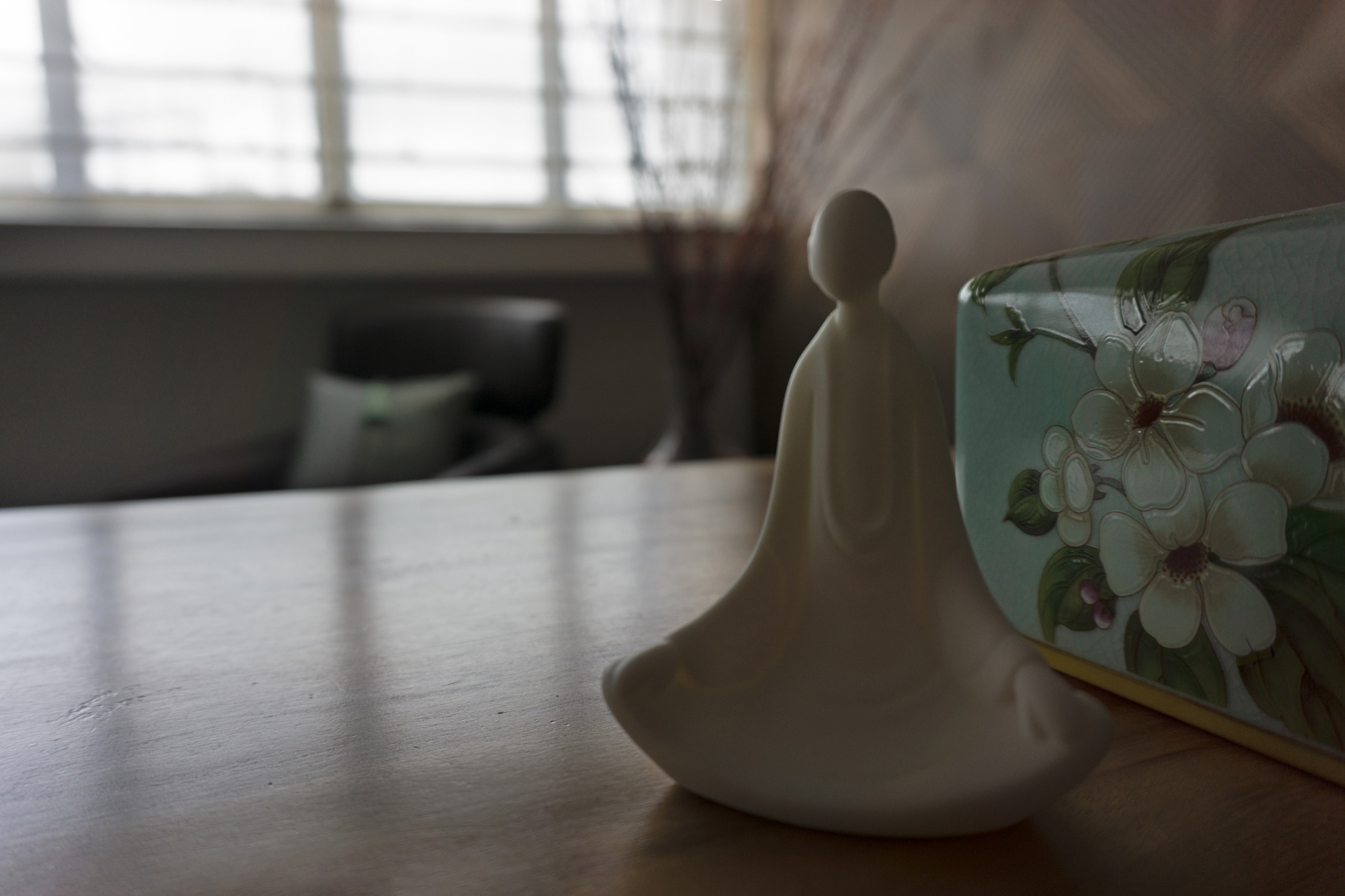
At Pivot, our approach is about understanding what “tradition” means to each client and translating it into spaces that feel lived-in, functional, and meaningful.
Traditional interior design is about storytelling through materials, objects, and layouts. It balances heritage with modern needs. It’s not about replicating temples or ancestral homes, but about drawing inspiration from forms, textures, and symbolism — and weaving them into a home that works for daily life.
Whether it’s the subtle integration of Peranakan tiles or the quiet elegance of tatami, traditional design becomes personal, relevant, and enduring.

Globally, traditional interiors draw from local crafts, cultural heritage, and established forms. In Singapore, this translates into a layered, multicultural approach — Chinese, Japanese, Peranakan, Malay, and Western influences often coexist in one space.
Rather than copying historical aesthetics, we explore the essence behind tradition — its values, rituals, and the stories it tells. This ensures each home reflects the family or individual living there, giving the design longevity and authenticity.
For example:
At Tanjong Pagar, we designed a Chinese contemporary home, weaving in calligraphy brushes as decorative accents and a dramatic mirror inspired by traditional oriental gardens.

At Parc Esta, our contemporary Japanese home integrated tatami and wabi-sabi textures, celebrating raw natural materials while creating serene spaces.
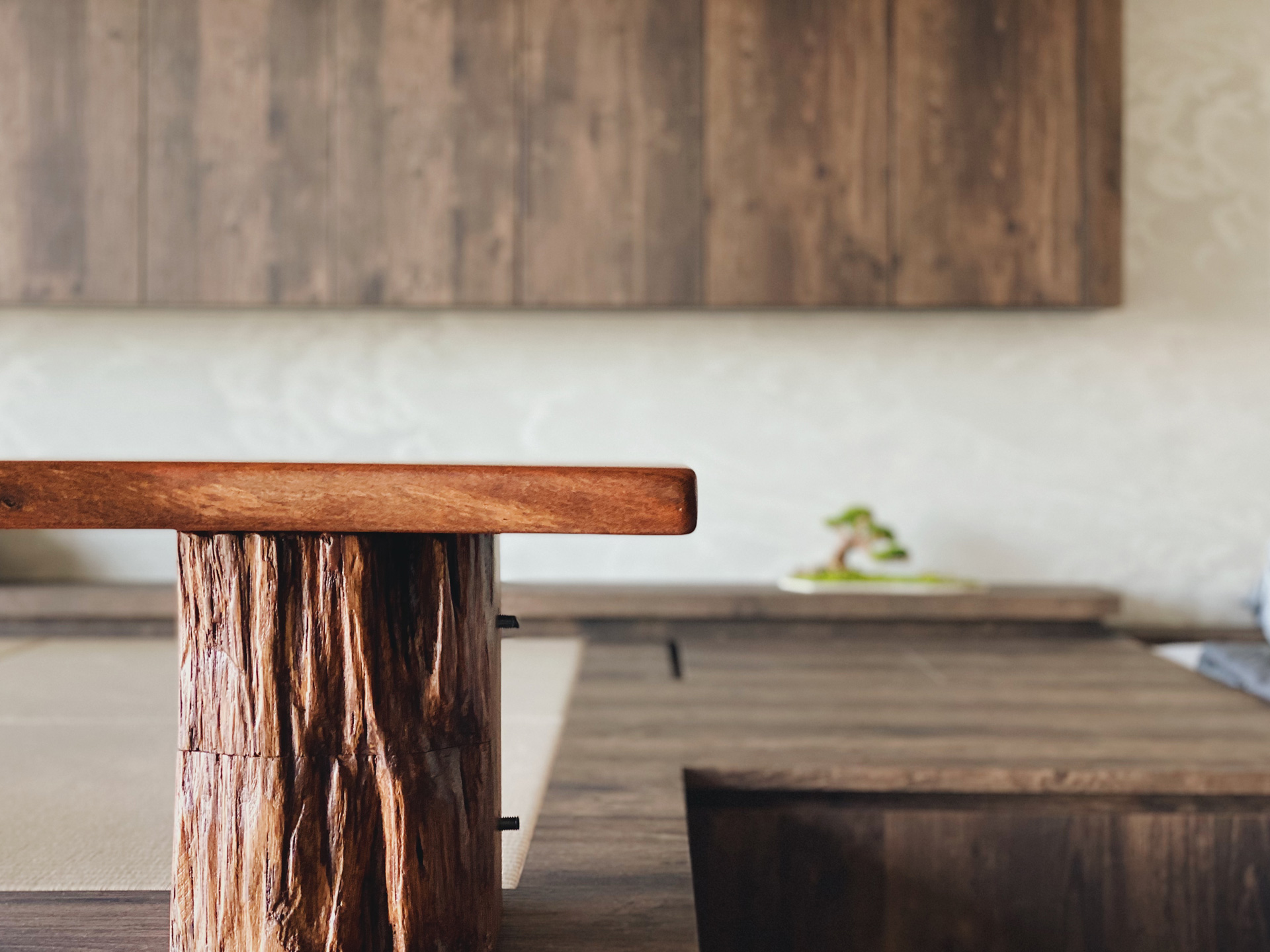
At Tiong Bahru, Peranakan tiles were infused sparingly, giving a nod to Singapore’s heritage while keeping the home airy, flexible, and modern.
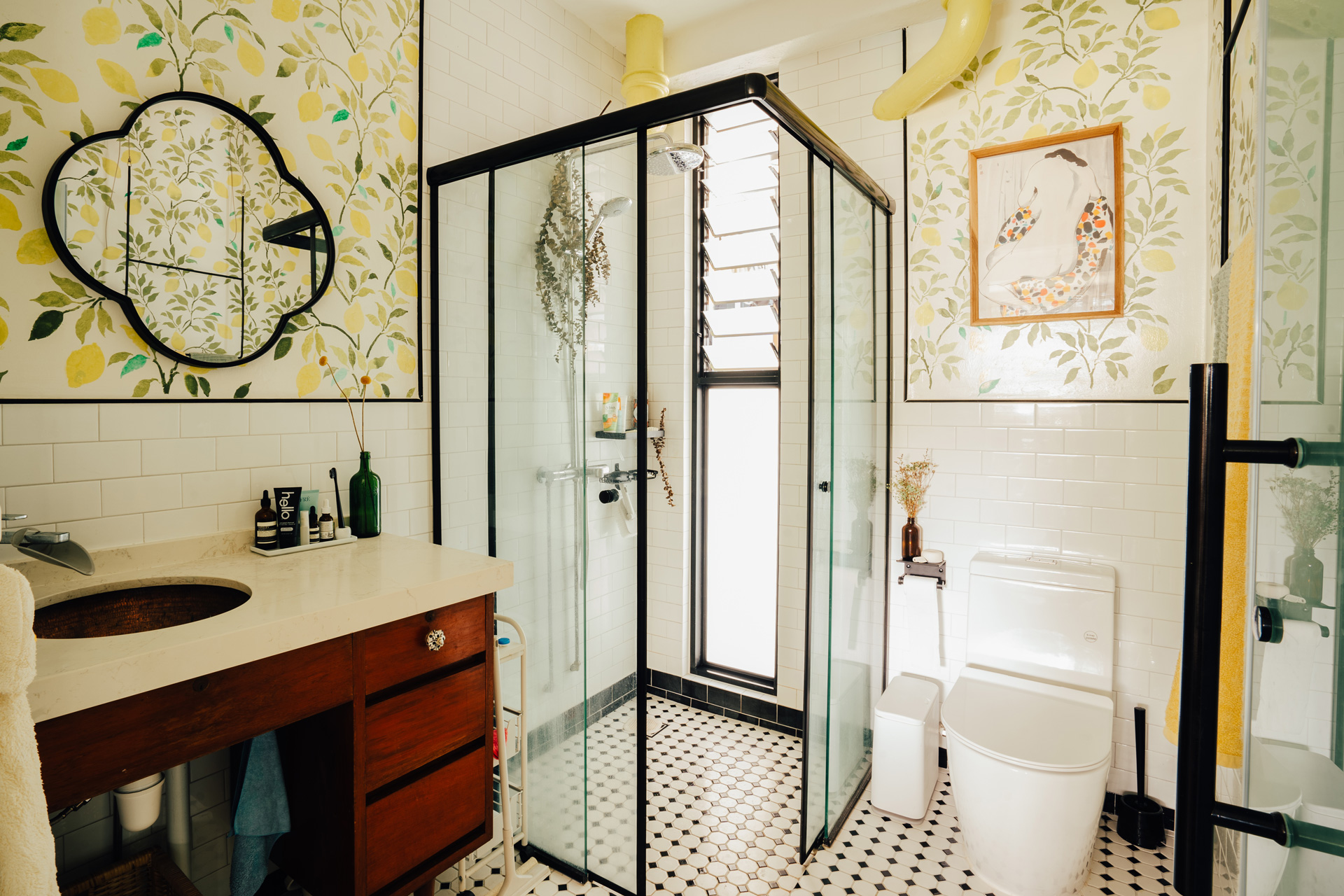
Heritage-inspired motifs, art, or furniture pieces that carry meaning — from calligraphy to Peranakan patterns or tatami mats.
For Chinese-inspired spaces, we sometimes source from Taobao, where clients can find beautiful digital reproductions or original artwork from masters like Wu Guanzhong, or authentic calligraphy tools and brushes.
Natural woods, stone, ceramics, or handcrafted pieces highlight traditional techniques while fitting comfortably in modern homes.
When designing retro or colonial-inspired homes, we love exploring Journey East for refurbished mid-century or art deco furniture, and Hock Siong — a local treasure trove of restored pieces with character and provenance.
Layouts often reflect cultural rituals — spaces for tea, meditation, or family gatherings — interpreted through today’s lens of comfort and function.
Modern comfort meets traditional reference: minimalist furniture paired with heirloom ceramics, contemporary lighting alongside carved wood panels, or modern joinery that subtly frames heritage accents.
Family heirlooms, travel finds, or artisan-made objects give traditional design a lived-in soul. Each piece tells a story, grounding modern life in something deeply personal.

Start with stories. Think about what cultural or familial elements matter most to you and use them as a guiding thread. Wu Guanzhong was the artist from our client’s hometown – is there an artist or someone inspirational from your hometown?
Layer subtly. Traditional accents — tiles, screens, mats, or artwork — work best when integrated thoughtfully into modern layouts.
Mix textures and materials. Wood, rattan, linen, and ceramics create warmth while showcasing craftsmanship.
Personalize spaces. Curate items with history, travel memories, or artisan roots to make the space unmistakably yours.
Blend with contemporary comfort. Good design should support modern living — smart storage, clean layouts, and soft lighting keep tradition timeless, not old-fashioned.
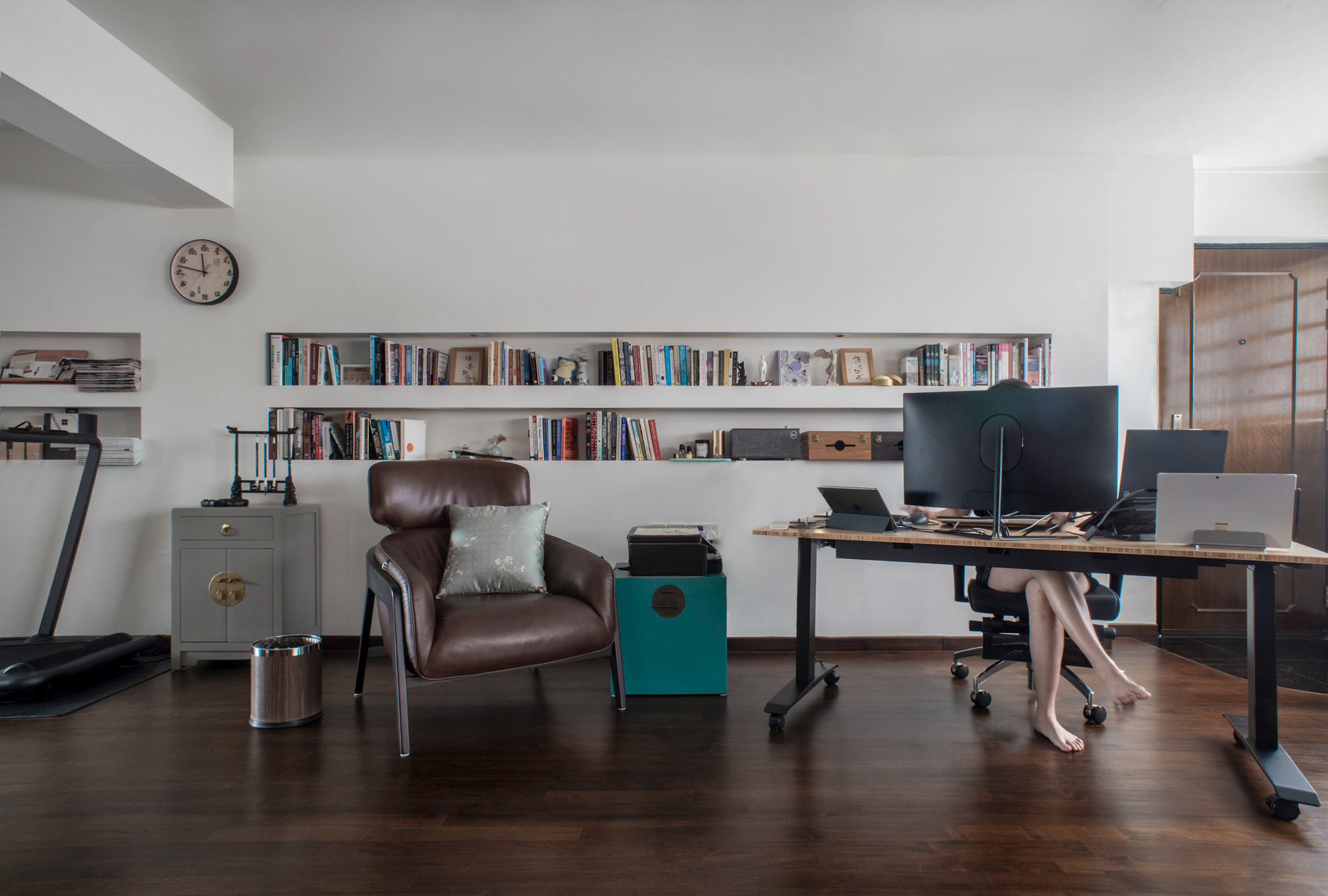
Traditional interior design in Singapore is about more than style — it’s about heritage, context, and meaning. By drawing inspiration from our cultural roots while adapting to modern life, we create homes that feel both timeless and personal.
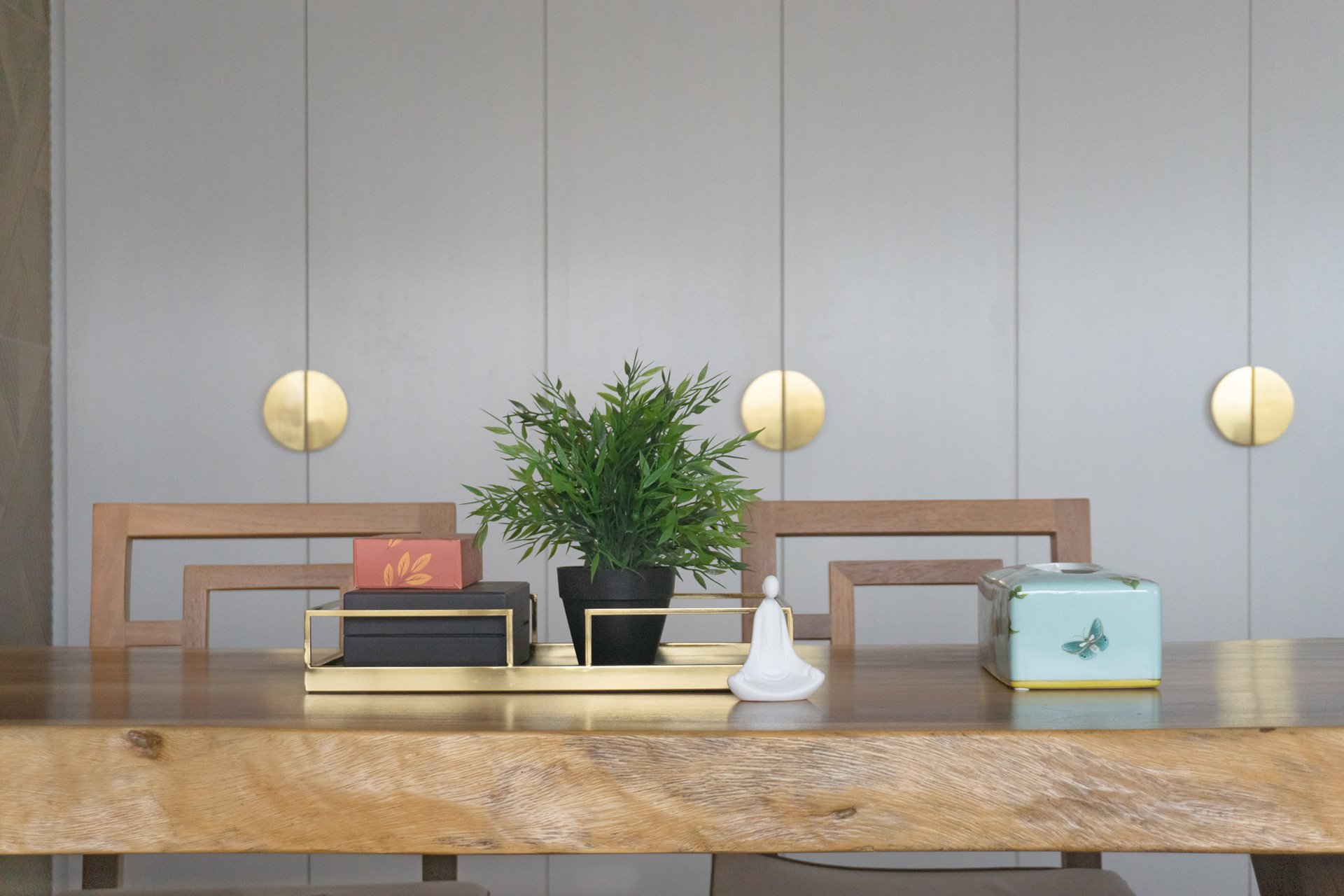
For clients seeking to bring tradition into the present, we curate not just spaces but stories — helping each home feel like a continuation of something deeply familiar, yet beautifully new. Check out our coastal interior design article too.